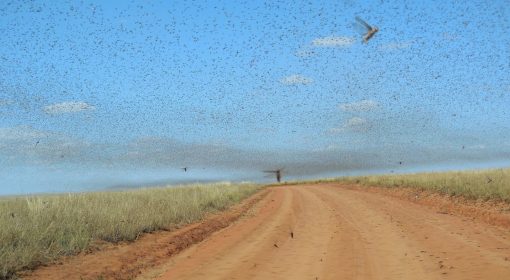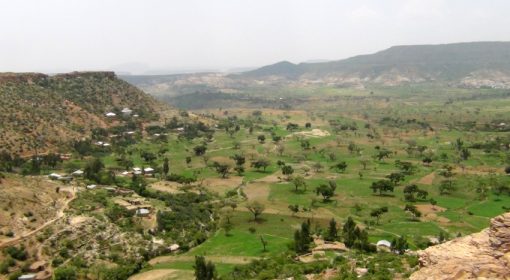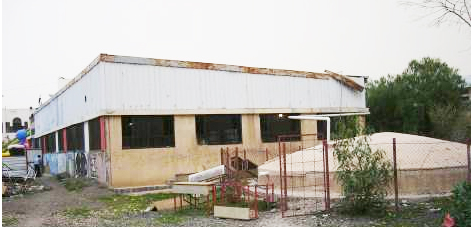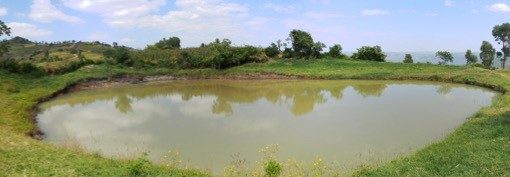posted by Allah Baksh and Frank van Steenbergen
May 10, 2013

Postcard from Tharparkar, the desert on the border of Pakistan and India and one of the hardest places to be: summers of blazing heat, child marriage as the norm, groundwater in little patches (but often saline), and hardly any rain.
Here (above) is a picture of a large campaign to get women registered, have an identity card and to start to exist. The identity card makes them a person belonging to a country – entitled to vote, credit, education or ownership of assets.
In each village, a committee identifies women that have never been registered and are 16 and above. Transport from scattered hamlets is arranged to registration camps: an ID is prepared and an explanation is given on what basic civil rights are all about.
Another change – though an awful lot needs to be done – is the improvement of the water supply in Tharparkar. Many women spend all of their daytime hours collecting water from distant places. Addressing water supply through a range of measures frees up time for a life.
Take the village of Dedh, 45 kilometer from Mithi, the headquarter of Tharparkar District. Around 150 households live in Dedh. Water comes is various ways, but none of them are easy. It is collected from the roof top and from the compound of the primary school, the only concrete building in the village. It comes from a cascade of two surface ponds fed by sporadic rain run-off. The first reservoir traps the sediment. Clean water is conveyed to the second reservoir through a pipe. There is no guarantee that the reservoir fills though, and the rooftop only yields so much.
Then as a third, a unique structure was built constructing an artificial basin of 100 x 100 feet with concrete. The basin leads to a cistern in the centre. This is the system best liked, as it is clean and a little more reliable.

 This is the system most liked by women. They have made temporary plastering of the shutters to protect water theft from the cisterns, and ensure the protection of the recharge area with barbed wire and thorny brushwood.
This is the system most liked by women. They have made temporary plastering of the shutters to protect water theft from the cisterns, and ensure the protection of the recharge area with barbed wire and thorny brushwood.
These are the options for hard places such as Tharparkar and it is great they are being developed through several initiatives. There is something amiss, however, with water supply options such as rooftop water harvesting, surface water ponds and cisterns. Although they make all the difference between a life and drudgery in the most difficult places of the earth, they are often absent from regular drinking water programs. Neither are they counted under Millennium Development Goals targets. The reason: the quality of water made available through such options does not come anywhere near the WHO standards. And so public investment programs shy away from them and go for the safer official systems in the safer areas, leaving out those that need better water most.
Unfortunate.
{jcomments on}



